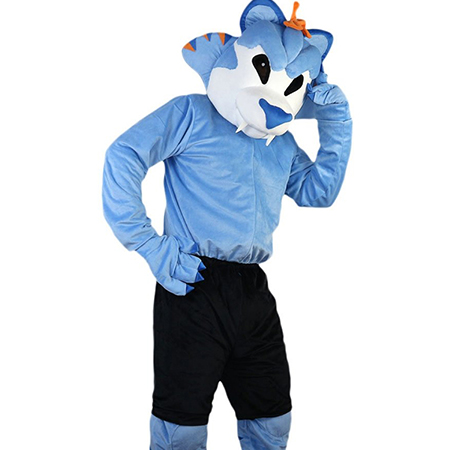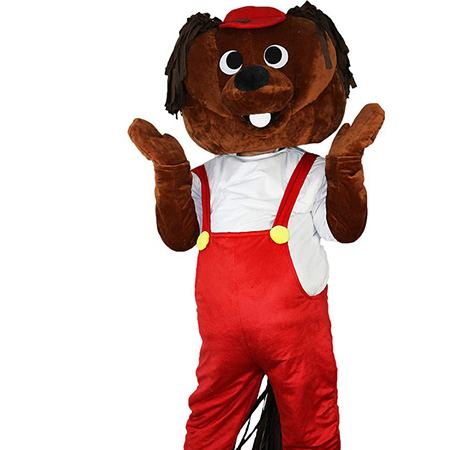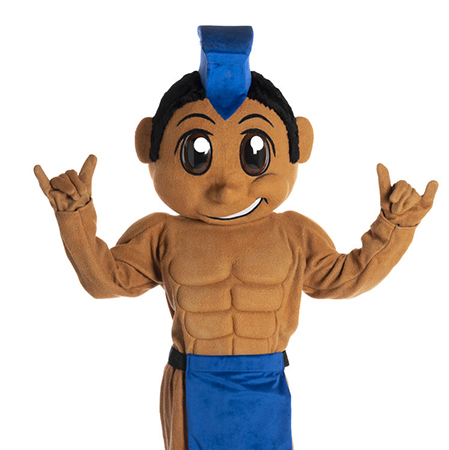When it comes to creating a memorable experience at events, school functions, or sports games, mascot costumes play a vital role. However, bear mascot costumes, while generally adorable and approachable, can sometimes lead to less-than-ideal situations due to various issues. Here are the top five bear mascot costume failures and tips on how to avoid them:
Inadequate Ventilation
One of the most common problems with bear mascot costumes is inadequate ventilation. These costumes often cover the entire body, leaving the wearer feeling hot, tired, and uncomfortable. This can quickly lead to dehydration and exhaustion, especially during long events.
How to Avoid It:
Invest in high-quality costumes that incorporate breathable materials and strategically placed ventilation panels. Ensure that the costume has mesh inserts or small holes near areas that generate heat, such as the chest and back. Additionally, schedule regular breaks for the mascot performer to cool down and stay hydrated.
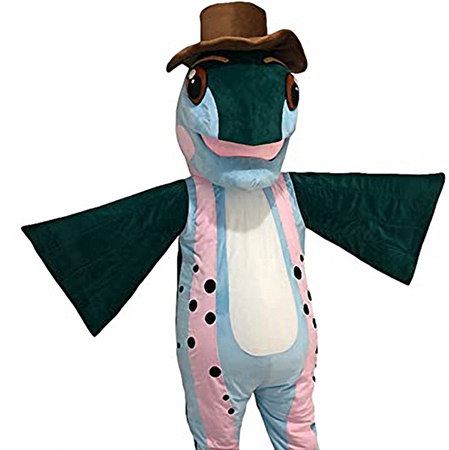
Lack of Mobility
Bear mascot costumes can be quite bulky and restrictive, which can significantly limit the performer’s ability to move naturally and interact effectively. A lack of mobility can make simple actions like walking, dancing, or even waving more challenging than they should be.
How to Avoid It:
Choose costumes designed with flexibility in mind. Look for options that use lightweight materials and have articulated joints to allow for greater range of motion. Conducting trial runs with different costume designs can also help you identify those that offer the best balance between comfort and performance.
Improper Fit
An ill-fitting bear mascot costume can lead to a variety of problems, including chafing, restricted movement, and an overall unattractive appearance. A costume that’s too tight might cause discomfort and breathing difficulties, while one that’s too loose could slip and slide, making it difficult to maintain character integrity.
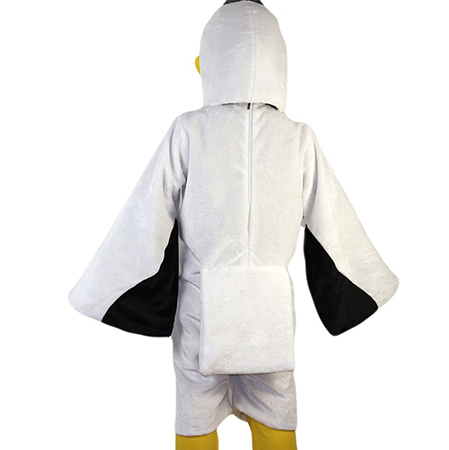
How to Avoid It:
Ensure proper measurements are taken before purchasing or renting a costume. Custom-made costumes can provide the best fit but may come at a higher cost. If renting, try on multiple options to find the most comfortable fit and consider using adjustable features such as elastic bands or Velcro closures to fine-tune the costume’s fit.
Poor Durability
Mascot costumes endure a lot of wear and tear, especially if they are used frequently. Cheap or poorly made costumes may not withstand the rigors of constant use, leading to rips, tears, and broken components. Not only does this compromise the visual appeal, but it can also be dangerous if sharp edges or parts become exposed.
How to Avoid It:
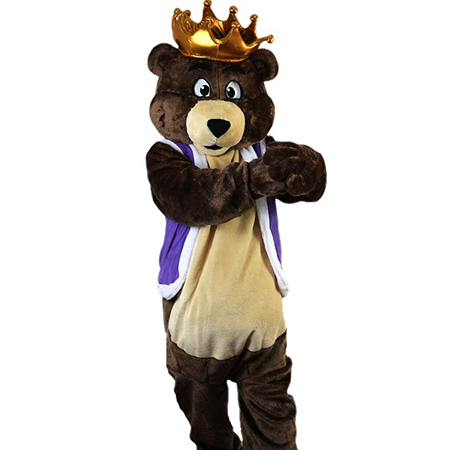
Prioritize quality over cost when selecting mascot costumes. Look for durable materials like reinforced nylon or polyester. Check seams and stress points to ensure they are well-constructed. Regular maintenance and prompt repairs can also extend the life of the costume.
Visibility Issues
The performer inside a bear mascot costume needs to have good visibility to navigate their environment safely and interact effectively with audiences. Limited visibility can result in accidents, missed cues, and a reduced capacity to engage with the crowd.
How to Avoid It:
Choose masks or headpieces with wide eye openings and mesh or see-through sections. Some advanced designs include small cameras and monitors inside the costume to provide the wearer with a better perspective. Conduct thorough tests to ensure that the performer feels comfortable and safe with the visibility provided by the costume.
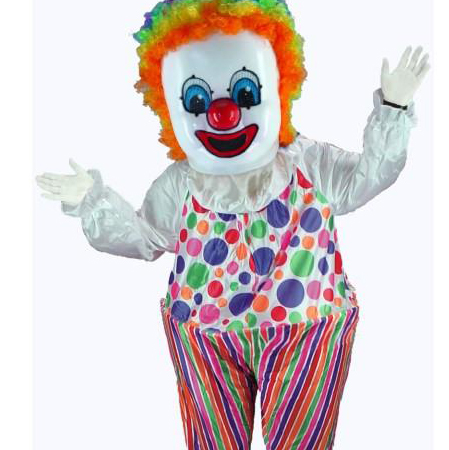
By understanding and addressing these common issues, you can ensure that your bear mascot costume brings joy and excitement without causing any discomfort or inconvenience to the performer. Investing in high-quality materials and design can go a long way in enhancing both performance and longevity, making every event a roaring success.

